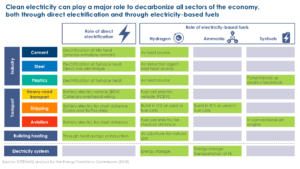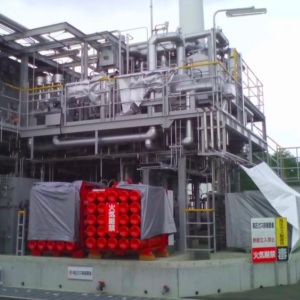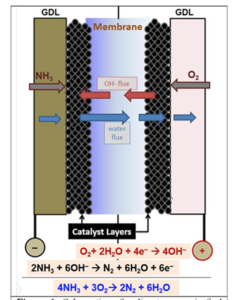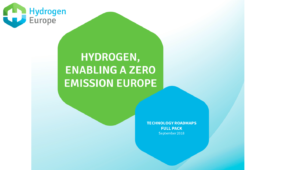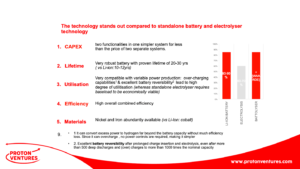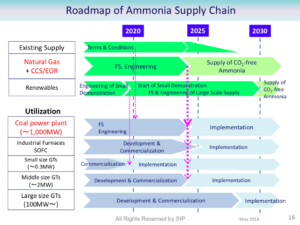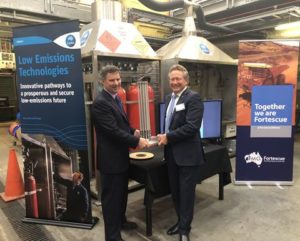Mission Possible: a roadmap for net-zero emissions in the heavy industry and heavy-duty transport sectors
Mission Possible, a recent report published by the Energy Transitions Commission, presents an extremely detailed roadmap for "Reaching net-zero carbon emissions from harder-to-abate sectors by mid-century." The report is designed to support the targets of the Paris Agreement by sending "a clear signal to policymakers, investors and businesses: full decarbonization is possible, making ambitious climate objectives achievable." Ammonia is one of the crucial solutions that make Mission Possible possible. In its 172-pages, the report details the technologies and the economics behind decarbonizing ammonia, the "likely" adoption of ammonia as the carbon-free fuel of choice for long-distance shipping, and the "key role" ammonia will play in enabling international trade in renewable power.
